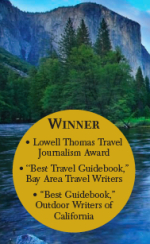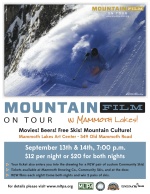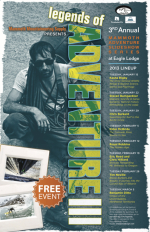On the Road to Little Petroglyph
On Wild Horse Mesa, by Bill Becher for the New York TimesBY WAY OF A WILLOW-CHOKED WASH we left the China Lake basin and climbed up into the Cosos. We passed through an ancient grove of Joshua trees, their spiny limbs catching the morning light. A pair of ghostly-white feral horses watched as we emerged onto the high plateau known as Wild Horse Mesa (so named, it is said, by the pulp-Western author Zane Grey). To the east, across the Panamint Basin, loomed Telescope Peak, the highest point in Death Valley National Park.
"That's some good-looking buckskin," said David Whitley, the archeologist and gentleman cowboy in the back seat. He talked about how the latest BLM culling policies had improved the herds. He talked about how the Miwok had once, briefly, had a horse culture to rival that of the Plains tribes. He talked about how stupid wild burros are, how they'll dig for water then sully what they've found by wallowing in it.
We were on our way to Little Petroglyph Canyon, the tip of the iceberg, as it were, of an extraordinary complex of ancient Native American rock art, some of which may date back as far as 16,000 years before the present. We talked a good deal about the people who made the more than 100,000 images in these mountains, and what they might have been up to.
"My goal," said Whitley, "has been to break the pervasive Western concept that these were primitive people, that they had no technology and were therefore unsophisticated."
For more of the story, check out Rock Art Redefines 'Ancient' (New York Times), and The 5 Best Places To See Ancient Rock Art (Matador).
Also stay tuned for another piece on the Coso Range in the spring 2010 issue of Eastside Magazine.













 January 6, 2010
January 6, 2010
Reader Comments (1)